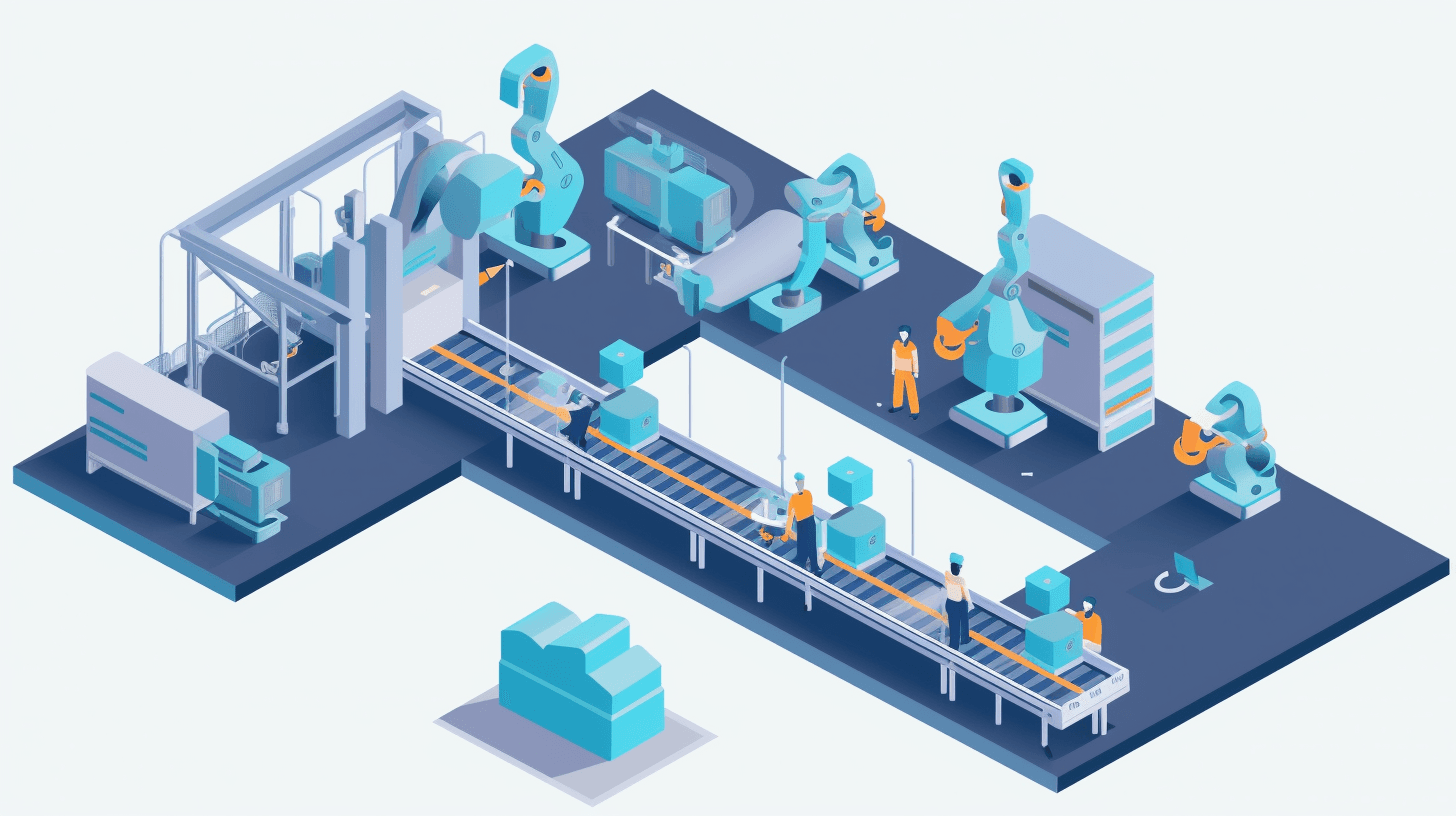As automation continues to play a significant role in various industries, many companies are exploring ways to implement robotic solutions without putting too much strain on their budgets. If that sounds like your situation, used or refurbished industrial robots could be the perfect solution for you. In this comprehensive guide, we'll delve into the benefits and potential drawbacks of opting for used or refurbished robots, discuss some tips for finding the right one for your business, and touch on the importance of proper maintenance.
Advantages of Choosing Used or Refurbished Robots
There are several reasons to consider used or refurbished industrial robots for your automation needs:
-
Cost savings: Purchasing a used or refurbished robot can save you a significant amount compared to buying a new one. This makes it an attractive option for businesses with tight budgets or those looking to test the waters of automation.
-
Faster ROI: Since the upfront cost is lower, the return on investment (ROI) for a used or refurbished robot can be achieved much faster.
-
Availability: With many companies upgrading their automation systems, there is a growing market for used and refurbished robots. This means you have a wide variety of options to choose from, including different brands and models.
-
Environmental benefits: By choosing a used or refurbished robot, you're giving a second life to a valuable piece of equipment, contributing to a more sustainable and eco-friendly approach to automation.
Factors to Consider When Buying Used or Refurbished Robots
While the benefits of used or refurbished robots are enticing, it's essential to be cautious and take the following factors into account:
-
Robot condition: Ensure the robot is in good working order and has been adequately maintained. Request service records and look for signs of wear and tear.
-
Warranty: It's always a good idea to choose a used or refurbished robot with a warranty. This gives you peace of mind in case any issues arise.
-
Technical support: Make sure the robot seller provides technical support and training if needed. This is especially important if you're new to automation or if your team needs assistance with integration and operation.
-
Compatibility: Verify that the robot is compatible with your existing systems and can be easily integrated into your production line. This may involve checking for software compatibility, payload capacity, and other relevant specifications.
Tips for Finding the Perfect Used or Refurbished Robot
When searching for the ideal used or refurbished industrial robot, keep these tips in mind:
-
Research different robot brands and models to find one that best suits your needs. Some reputable brands to consider include ABB, KUKA Robotics, and FANUC Corporation.
-
Compare prices and features from multiple sellers to ensure you're getting the best deal. Don't hesitate to negotiate if you find a robot that's perfect for your needs but slightly out of your budget.
-
Inspect the robot in person if possible, or ask the seller for detailed photos and videos. A thorough inspection can help you identify potential issues and ensure the robot is in good condition.
-
Consult with an automation expert or system integrator to ensure the robot you choose is the right fit for your application. They can help you evaluate the robot's compatibility with your production line and suggest any necessary modifications or upgrades.
The Importance of Proper Maintenance
Once you've chosen a used or refurbished industrial robot, it's crucial to maintain it properly to ensure its longevity and optimal performance.
-
Regular inspections: Conduct periodic visual inspections to check for any signs of wear, damage, or issues that could impact the robot's performance.
-
Lubrication: Follow the manufacturer's guidelines for lubricating the robot's joints and components. Proper lubrication can significantly extend the robot's lifespan and reduce the likelihood of mechanical failures.
-
Software updates: Keep the robot's software up to date to ensure optimal performance and compatibility with your systems. Check for updates regularly and follow the manufacturer's recommendations for installation.
-
Cleaning: Keep the robot and its surrounding environment clean to prevent dust, debris, or other contaminants from affecting its operation. Regular cleaning can help prevent malfunctions and prolong the robot's life.
-
Repairs: Address any issues or malfunctions promptly to minimize downtime and prevent further damage. Work with qualified technicians and use genuine replacement parts to ensure the best possible repair outcomes.
By investing in proper maintenance and care, you can maximize the value of your used or refurbished industrial robot and enjoy the many benefits it offers for years to come.
Conclusion
Used or refurbished industrial robots can be a cost-effective and environmentally friendly solution for businesses looking to embrace automation. By carefully considering the factors discussed in this guide and following the tips provided, you can find the perfect robot for your needs and keep it running smoothly for years to come. Remember, proper maintenance is key to ensuring the longevity and optimal performance of your used or refurbished robot. Happy robot hunting!
